基于ARM的语音信号采集系统设计(含原理图)
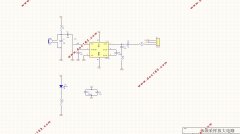
1.无需注册登录,支付后按照提示操作即可获取该资料.
2.资料以网页介绍的为准,下载后不会有水印.资料仅供学习参考之用.
密 惠 保
基于ARM的语音信号采集系统设计(含原理图)(任务书,开题报告,外文翻译,论文12000字,原理图)
摘 要
人机用语言进行相互交流,是人类长期的梦想。在提高工业系统,计算机系统智能化水平时,最好的信息交换的手段就是人机用语言对话,而人机语言对话的关键就是语言信号采集。本文介绍了一种以ARM为核心控制单元的数字化语音存储与回放系统的组成以及系统软硬件的设计。该系统的基本原理是对语音信号的录制和回放的数字化控制。
该系统用ARM作为核心控制单元,用拾音器进行语音采集,而采集到的语音信号将会转变成电信号,将其用运放电路放大,并通过二阶带通滤波器进行滤波,用STM32自带ADC进行模数转换,并通过DAC进行数模转换,再通过功率放大电路进行放大播放;并通过STM32的串口与个人电脑连接,之后将采集到的语音在PC机上将其波形显示出来。
关键词:ARM 语音采集 模数转换 数字化存储 回放
Design of voice signal acquisition system based on ARM
Abstract
The man-machine communication with language, it is a dream for many years. In the improvement of industrial system, the level of intelligent computer system, the means of human-computer dialogue language exchange is the best information, and the key is "dialogue man-machine language is the language of signal acquisition. This paper introduces a kind of digital voice storage and playback system with ARM as the core control unit of the system and the composition of the hardware and software design. The basic principle of the system is the digital control of the voice signal recording and playback.
This system uses ARM as the core control unit, voice acquisition and speech signal pickup, will be collected into electrical signals, the amplifier amplification, and through the two order band-pass filter, analog-to-digital conversion comes with STM32 ADC, and through DAC digital analog conversion, and then through the power amplifier the circuit amplifies the play; and through the STM32 serial connection with personal computer, after the speech collected in the PC machine on the waveform display.
Keywords: ARM; Speech acquisition; Analog to digital conversion; Digital storage; Playback
[资料来源:www.THINK58.com]
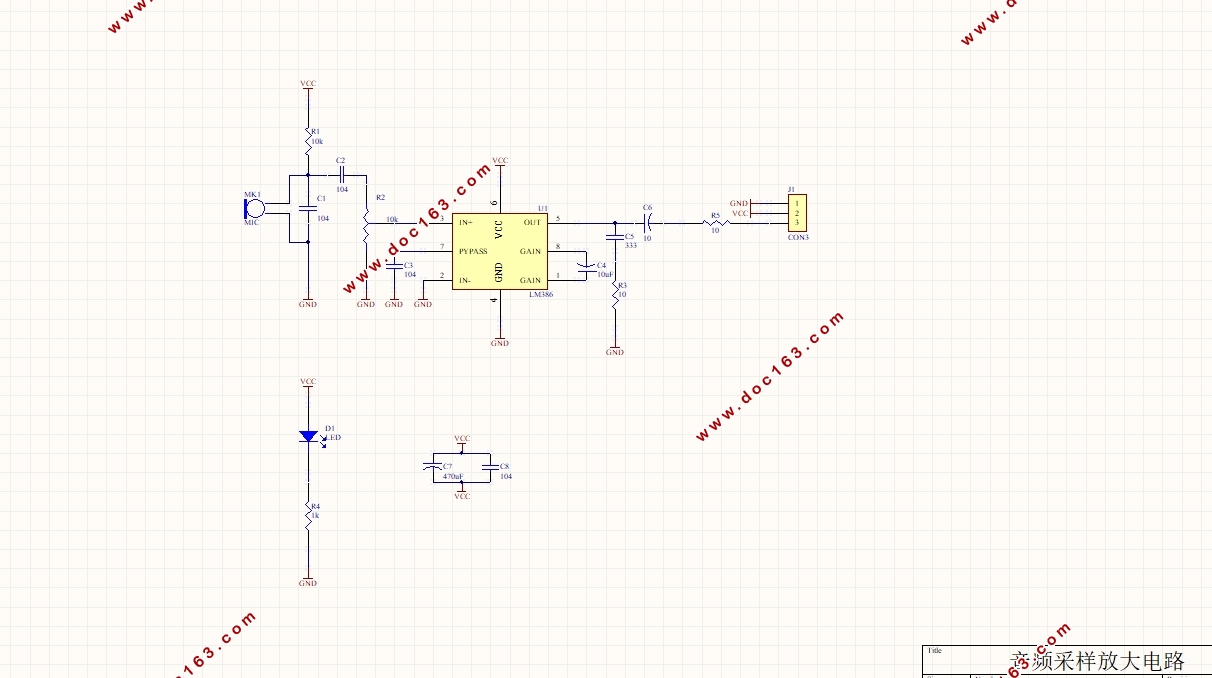
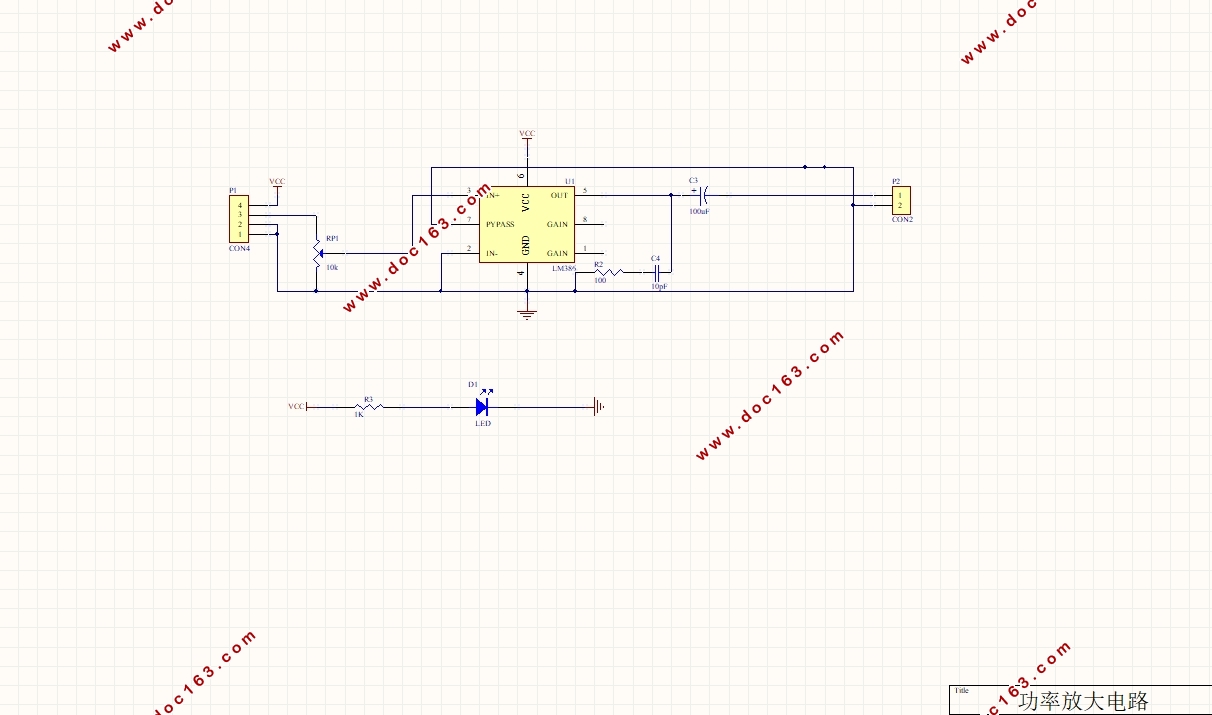
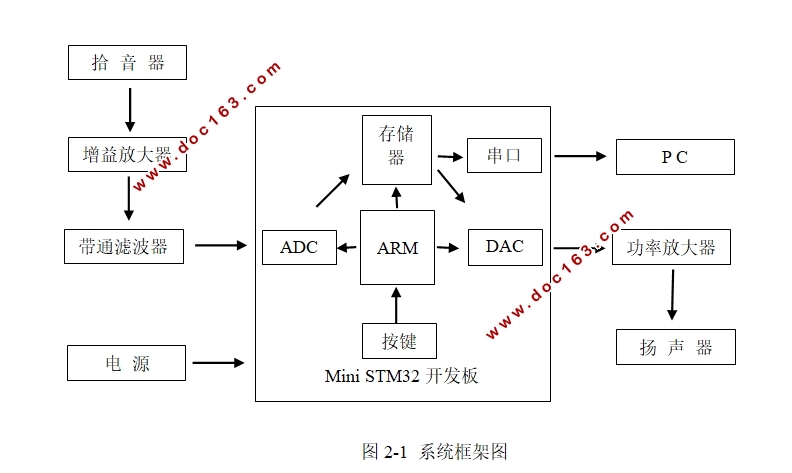
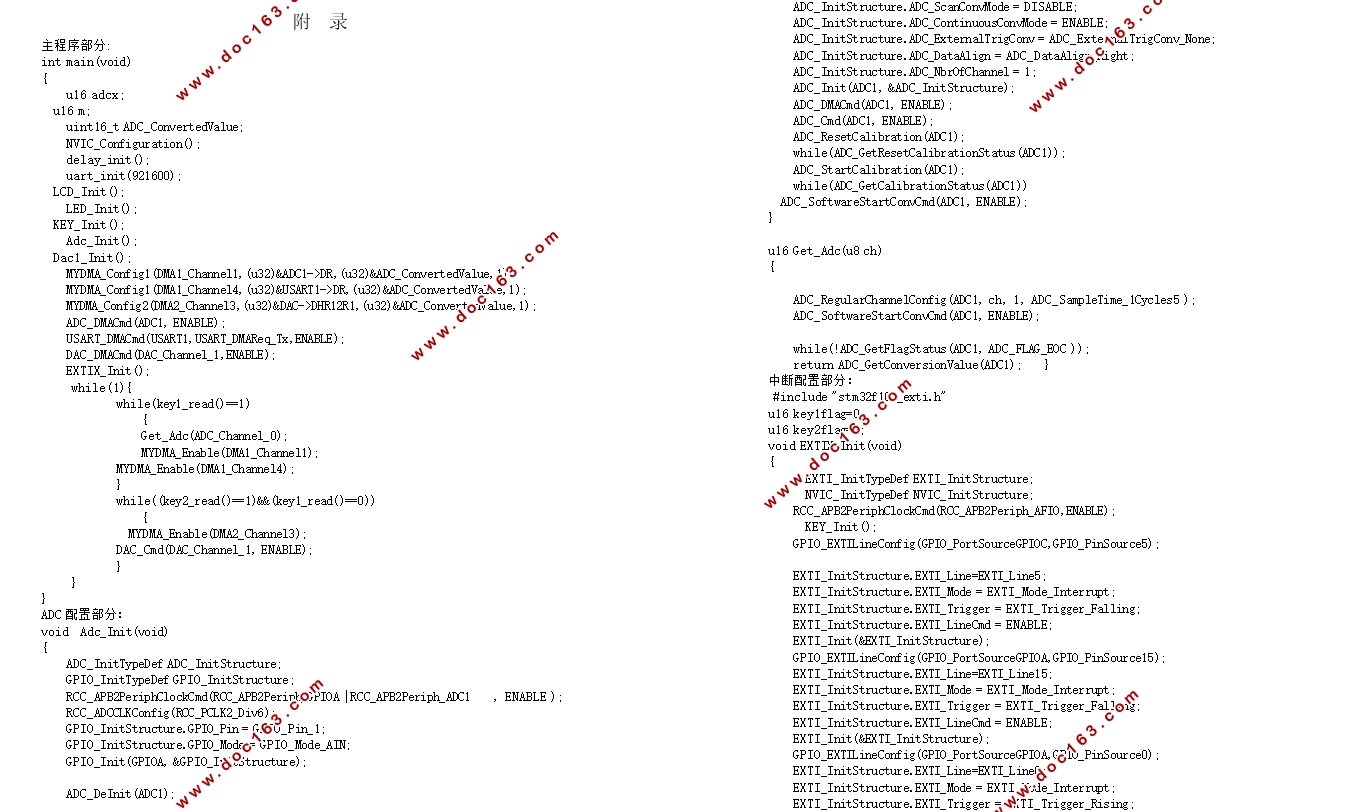
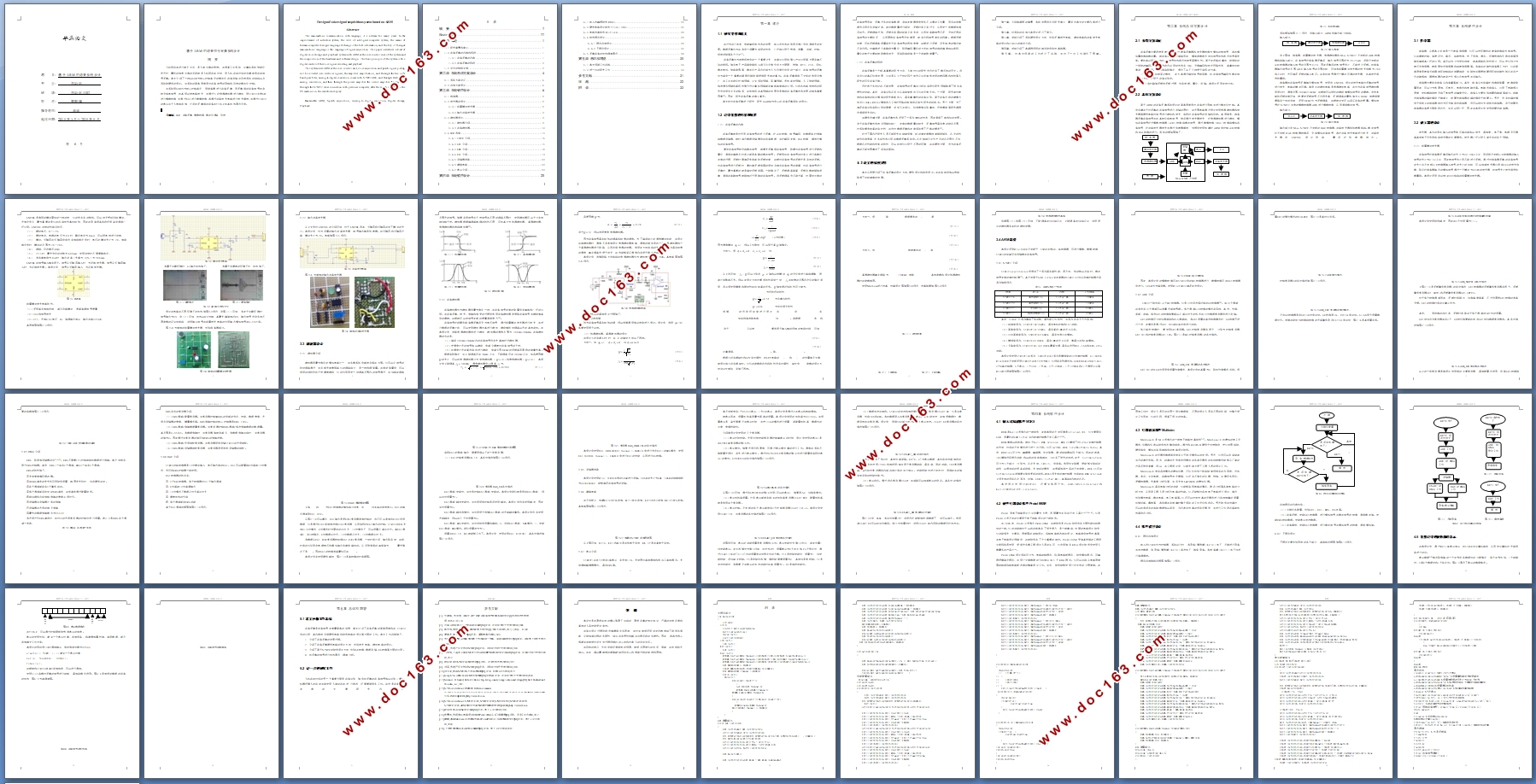

目 录
摘 要 I
Abstract II
第一章 绪论 1
1.1 研究背景和意义 1
1.2 语音采集的内容和现状 1
1.2.1 语音采集的内容 1
1.2.2 语音采集的现状 2
1.3 论文的结构安排 2
第二章 系统总体方案设计 4
2.1 系统方案论证 4
2.2 总体方案设计 4
第三章 系统硬件设计 6
3.1 拾音器 6
3.2 放大器的设计 6
3.2.1 前置增益放大器 6
3.2.2 输出功率放大器 9
3.3 滤波器设计 9
3.3.1 滤波器介绍 9
3.3.2 语音滤波器 10
3.4 ARM选型 13
3.4.1 STM32介绍 14
3.4.2 ADC介绍 15
3.4.3 DMA介绍 18
3.4.4 DAC介绍 19
3.4.5 存储器选取 22
3.4.6 键盘电路 22
3.4.7 串口介绍 22
第四章 系统软件设计 25
4.1 嵌入式编程软件MDK5 25
4.2 硬件电路设计软件Protel 99SE 25
4.3 电路仿真软件Multisim 26
4.4 软件程序设计 26
4.4.1 程序总体设计 26
4.4.2 子程序设计 27
4.5 采集语音的波形频谱显示 28
第五章 总结和期望 30
5.1本文所做工作总结 30
5.2 进一步的研究工作 30
参考文献 31
致 谢 32
附 录 33 [来源:http://www.think58.com]
